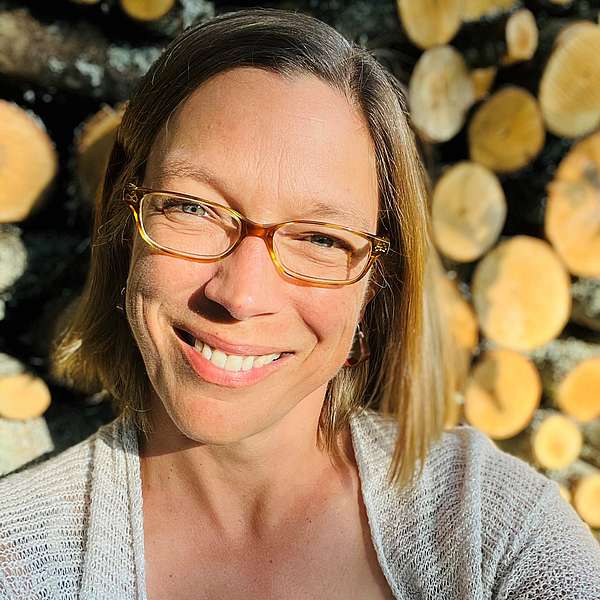by Kristen Sharpless, Executive Director
There’s something I love about Switzerland even more than its chocolate: its land use patterns.
As a first-time visitor to Verbier, Switzerland several years ago, I enjoyed the world-class skiing – no doubt – but what really stuck with me was how the village was so smartly nestled into the valley below the winter ski slopes which transformed into alpine cow pasture and trail networks in summer. We walked or took a free public bus everywhere. It was a wonderful experience I wish I could have every day – not just on vacation.
Like Stowe, Verbier only has several thousand year-round residents, but the number of people in town can balloon to tens of thousands during busy seasons. I learned from the friend we were staying with that land use was strictly regulated and construction of new second homes was limited where more than 20% of housing stock was already holiday accommodation.
Switzerland’s land area is a bit less than double that of Vermont’s yet is home to more than thirteen times the population. Those 8.7 million people reside within only 8% of the land area that is developed for residential and commercial use.
That leaves more than 90% of Switzerland dedicated to farmland, forests, mountains, and lakes. This allocation is not an accident and has held even as the Swiss population has grown. It reflects a belief that land is a limited resource and the intention to use it efficiently while maintaining environmental quality and cultural heritage.
With just shy of 50% of Stowe’s land area dedicated as conserved and public farm, forest, and recreation lands, is that too much? Or not nearly enough to meet future needs?
There is no doubt the Stowe community is suffering an acute housing shortage. Is that because there are not enough homes to house residents and workers or because not enough of the existing housing stock is available to locals? Or both?
It certainly is not because there is not enough land available to build on – especially when we can think creatively about opportunities for infill, redevelopment, and modern zoning that permits more dwelling units to be built more densely and more quickly.
If we want to create housing and conserve our quality of life and environment, especially in a changing climate, we will have to double down on our commitment to using land efficiently and in line with our shared values.
That means conserving more – not less - vulnerable farm and forest land and more densely developing a range of housing options within designated growth areas. It means having a vision for a sustainable future for Stowe that is more like a Swiss mountain town and less like a high-end American suburb.
Stowe Land Trust has been supporting the development of compact settlement patterns in the Stowe region for decades. With strong and widespread community support and in close partnership with the Town of Stowe, the land trust has helped to safeguard 10% of Stowe's land area, about 4,500 acres. Most of this forest and recreation land is open for public enjoyment with trails and the rest is vital farmland and wildlife habitat.
Except for municipal lands like Cady Hill Forest and Sunset Rock, all owners of conserved lands continue to pay property taxes or, in the case of state forests and parks, make payments in lieu of taxes.
In addition to picking up the pace of farm and forest land protection, Stowe Land Trust has been focused on finding ways to support the creation of more local housing and meet other community needs for years.
Since 2018, the land trust has been partnering with the Lamoille Housing Partnership – Stowe's only nonprofit affordable housing developer – to find joint housing and conservation projects on which to collaborate. However, the land trust generally focuses on conservation in rural areas, while the Housing Partnership targets growth zones. In the limited areas of overlap, high cost of land and lack of a willing seller have been barriers; neither organization takes land from property owners or forces landowners to sell.
In the case of the 217-acre conserved Ricketson Farm at the northern gateway to town, the farm was well outside the housing partnership’s area of interest. Yet, the land trust still prioritized affordability and essential housing for farmers, including two farmstead complexes in the conserved area. Moreover, 60 acres of old pastureland surrounded by dense development were intentionally excluded from conservation to keep open options for future housing development.
Moving forward, the land trust is also committed to continuing to work with our partners and community members to develop innovative models for accelerating both conservation and the creation of more local housing.
This is a great time to get involved and to show your support for both local conservation and housing. Let’s build a sustainable future for the Stowe region that makes sure that even as times change, this remains an amazing place to live and visit.
